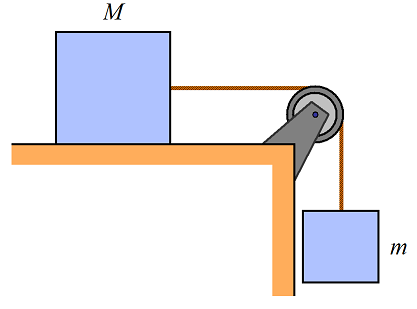Standing and Sliding Friction

If you have taken a Physics class, you have encountered two types of resistance: Static and Sliding, usually in problems where blocks are on surfaces with something looking to move them. It takes more force to start an object sliding than it does to keep it sliding. Standing resistance measures how hard you need to pull to get the block moving, and sliding resistance how hard you need to pull to keep it moving.
Rolling Resistance
Tires roll rather than slide across surfaces, and consequently have much different friction coefficients. Rolling Resistance is a major concern in all tires including cars and trucks where much of the research has been done.

Cycling Rolling Resistance Force Magnitudes
This is probably the simplest of the resistive forces to compute.
Frr = Crrmg = Crr*CyclistCycleWeight
It is only a function of the surface composition and the CyclistCycle Weight. Its effect is constant throughout a ride and independent of cycling speed.
Rolling Resistance Coefficients
Here are Rolling Resistance Coefficients for different surfaces:

How do these compare to standing and sliding coefficients? For Concrete, the standing coefficient is 1.0, sliding is 0.800, and rolling is 0.002. This makes it 400 times easier to roll across the surface than slide.
How Significant is Rolling Resistance in Cycling?
The following provides the force associated with rolling resistance. If you are riding on a road, you most likely will be experiencing less than a pound of rolling resistance force. For the most part, it has a minimal impact, however it does play a role as you are coasting to a stop at low speeds where aerodynamic drag has dropped off.

How do I compute power expended against Rolling Resistance?
The work need to be performed over a ride is simply the force times the distance. Since the force is constant, the foot-pounds or in Metric units Joules is computed as:
WorkAgainstRR = RRForce * CyclingDistance
The more interesting result is power expended to compensate for rolling resistance. While the force is a constant, the power is dependent on velocity. This is clear because of the way power is computed in general as (Force ⋅ Velocity).
PowerAgainstRR = RRForce * CyclistCycleVelocity

The velocity dependency of power is simply a reflection that as your ride faster, you must “roll” over more distance per unit time.
Next Topic: Aerodynamic Drag
